 W
WThe Battle of Black Mingo was a skirmish during the American Revolution. It took place in September 1780 in the vicinity of Dollard's Tavern at Willtown near Rhems, South Carolina. General Francis Marion attacked and scattered a contingent of Loyalist troops that had been left to secure the region by Colonel Banastre Tarleton after his destructive march through the area. The Loyalists, under Colonel John Coming Ball, were driven into Black Mingo swamp after suffering significant casualties.
 W
WThe Battle of Blackstock's Farm, an encounter of the American Revolutionary War, took place in what today is Union County, South Carolina, a few miles from Cross Anchor, on November 20, 1780.
 W
WThe Battle of Camden, also known as the Battle of Camden Court House, was a major victory for the British in the Southern theater of the American Revolutionary War. On August 16, 1780, British forces under Lieutenant General Charles, Lord Cornwallis routed the numerically superior U.S. forces led by Major General Horatio Gates about four miles north of Camden, South Carolina, thus strengthening the British hold on the Carolinas following the capture of Charleston.
 W
WThe siege of Charleston was a major engagement and major British victory, fought between March 29 to May 12, 1780, during the American Revolutionary War. The British, following the collapse of their northern strategy in late 1777 and their withdrawal from Philadelphia in 1778, shifted their focus to the American Southern Colonies.
 W
WThe Battle of Charlotte was an American Revolutionary War battle fought in Charlotte, North Carolina on September 26, 1780. The battle took place at the Mecklenburg County Court House; which is now the site of the Bank of America tower at Trade and Tryon Streets in downtown Charlotte. An advance guard of General Charles Cornwallis' army rode into town and encountered a well-prepared Patriot militia under the command of William R. Davie in front of the court house. A skirmish ensued in which George Hanger, leading the British cavalry, was wounded. The small Patriot force, which had not intended more than token resistance, withdrew north toward Salisbury upon the arrival of Cornwallis and the main army.
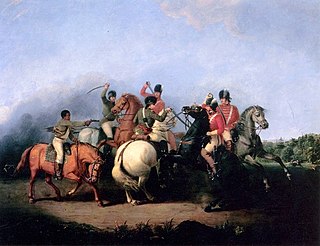 W
WThe Battle of Cowpens was an engagement during the American Revolutionary War fought on January 17, 1781 near the town of Cowpens, South Carolina, between U.S. forces under Brigadier General Daniel Morgan and British forces under Lieutenant Colonel Banastre Tarleton, as part of the campaign in the Carolinas. The battle was a turning point in the American reconquest of South Carolina from the British.
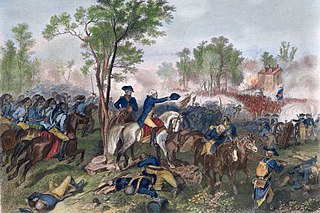 W
WThe Battle of Eutaw Springs was a battle of the American Revolutionary War, and was the last major engagement of the war in the Carolinas. Both sides claimed victory.
 W
WThe Battle of Fishing Creek, also called the Battle of Catawba Ford, was an American Revolutionary War battle fought on August 18, 1780, between American and British forces including the 71st Foot. It was fought near the junction of Fishing Creek and the Catawba River in South Carolina. British forces under Banastre Tarleton surprised the militia company of Thomas Sumter, killing a significant number, taking about 300 captives, and very nearly capturing Sumter, who some say was asleep at the time of the attack.
 W
WThe Siege of Fort Motte was a military operation during the American Revolutionary War. A force of Patriots led by General Francis "Swamp Fox" Marion and Lt. Colonel "Light Horse" Harry Lee set out to capture the British post at Fort Motte, the informal name of a plantation mansion fortified by the British for use as a depot because of its strategic location at the confluence of the Congaree and Wateree rivers. The British garrisoned roughly 175 British soldiers under Lt. Daniel McPherson at the fort.
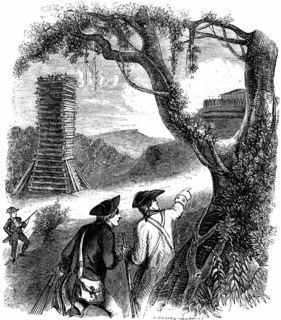 W
WThe Siege of Fort Watson was an American Revolutionary War confrontation in South Carolina that began on April 15, 1781 and lasted until April 23, 1781. Continental Army forces under Henry "Light Horse Harry" Lee and South Carolina militia under Francis Marion besieged Fort Watson, a fortified British outpost that formed part of the communication and supply chain between Charleston and other British outposts further inland.
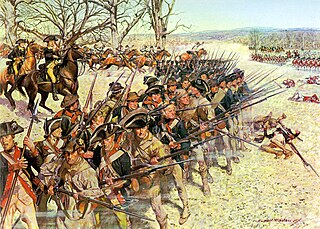 W
WThe Battle of Guilford Court House was on March 15, 1781, during the American Revolutionary War, at a site that is now in Greensboro, the seat of Guilford County, North Carolina. A 2,100-man British force under the command of Lieutenant General Charles Cornwallis defeated Major General Nathanael Greene's 4,500 Americans. The British Army, however, suffered considerable casualties.
 W
WThe Battle of the House in the Horseshoe was a minor engagement during the American Revolution between loyalist militia under the command of David Fanning and patriot militia under the command of Phillip Alston, the owner of the House in the Horseshoe. The battle, which took place on either July 29 or August 5, 1781, ended in a victory for the loyalists. The surrender terms between the combatants were negotiated by Alston's wife on behalf of the patriots, and by Fanning for the loyalists.
 W
WThe Battle of Kings Mountain was a military engagement between Patriot and Loyalist militias in South Carolina during the Southern Campaign of the American Revolutionary War, resulting in a decisive victory for the Patriots. The battle took place on October 7, 1780, 9 miles (14 km) south of the present-day town of Kings Mountain, North Carolina. In what is now rural Cherokee County, South Carolina, the Patriot militia defeated the Loyalist militia commanded by British Major Patrick Ferguson of the 71st Foot. The battle has been described as "the war's largest all-American fight".
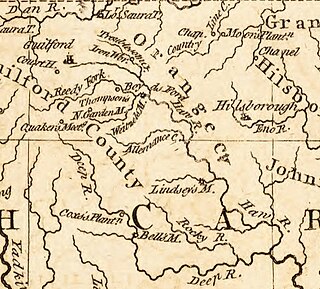 W
WThe Battle of Lindley's Mill took place in Orange County, North Carolina, on September 13, 1781, during the American Revolutionary War. The battle took its name from a mill that sat at the site of the battle on Cane Creek, which sat along a road connecting what was then the temporary state capital, Hillsborough, with Wilmington, North Carolina.
 W
WThe Battle of Musgrove Mill, August 19, 1780, occurred near a ford of the Enoree River, near the present-day border between Spartanburg, Laurens and Union Counties in South Carolina. During the course of the battle, 200 Patriot militiamen defeated a combined force of approximately 300 Loyalist militiamen and 200 provincial regulars.
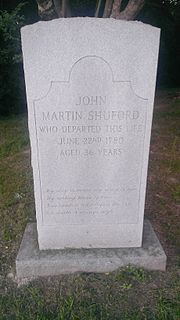 W
WThe Battle of Ramsour's Mill took place on June 20, 1780 in present-day Lincolnton, North Carolina, during the British campaign to gain control of the southern colonies in the American Revolutionary War. The number of fighters on each side of the battle is still an issue of contention, but Loyalist militiamen outnumbered Patriot militia and had captured a group of Patriots who they were planning to hang on the morning of June 20.
 W
WThe Siege of Ninety Six was a siege in western South Carolina late in the American Revolutionary War. From May 22 to June 18, 1781, Continental Army Major General Nathanael Greene led 1,000 troops in a siege against the 550 Loyalists in the fortified village of Ninety Six, South Carolina. The 28-day siege centered on an earthen fortification known as Star Fort. Despite having more troops, Greene was unsuccessful in taking the town, and was forced to lift the siege when Lord Rawdon approached from Charleston with British troops.
 W
WThe Battle of Torrence's Tavern was a minor engagement of the American Revolutionary War that took place in what was the western portion of Rowan County, North Carolina, approximately 10 miles (16 km) east of the Catawba River near modern-day Mooresville in Iredell County. Torrence's Tavern was a part of the larger Southern campaign of the American Revolution, which, by 1780–1781 involved a series of clashes between the British Army and Loyalist militia and the Continental Army and Patriot militia in the Piedmont region of North and South Carolina.
 W
WThe Battle of Waxhaws took place during the American Revolutionary War on May 29, 1780, near Lancaster, South Carolina, between a Continental Army force led by Abraham Buford and a mainly Loyalist force led by British officer Banastre Tarleton. Buford refused an initial demand to surrender, but when his men were attacked by Tarleton's cavalry, many threw down their arms to surrender. Buford apparently attempted to surrender. However, the British commanding officer Tarleton was shot at during the truce, causing his horse to fall and trap him. Loyalists and British troops were outraged at the breaking of the truce in this manner and proceeded to fall on the Americans.